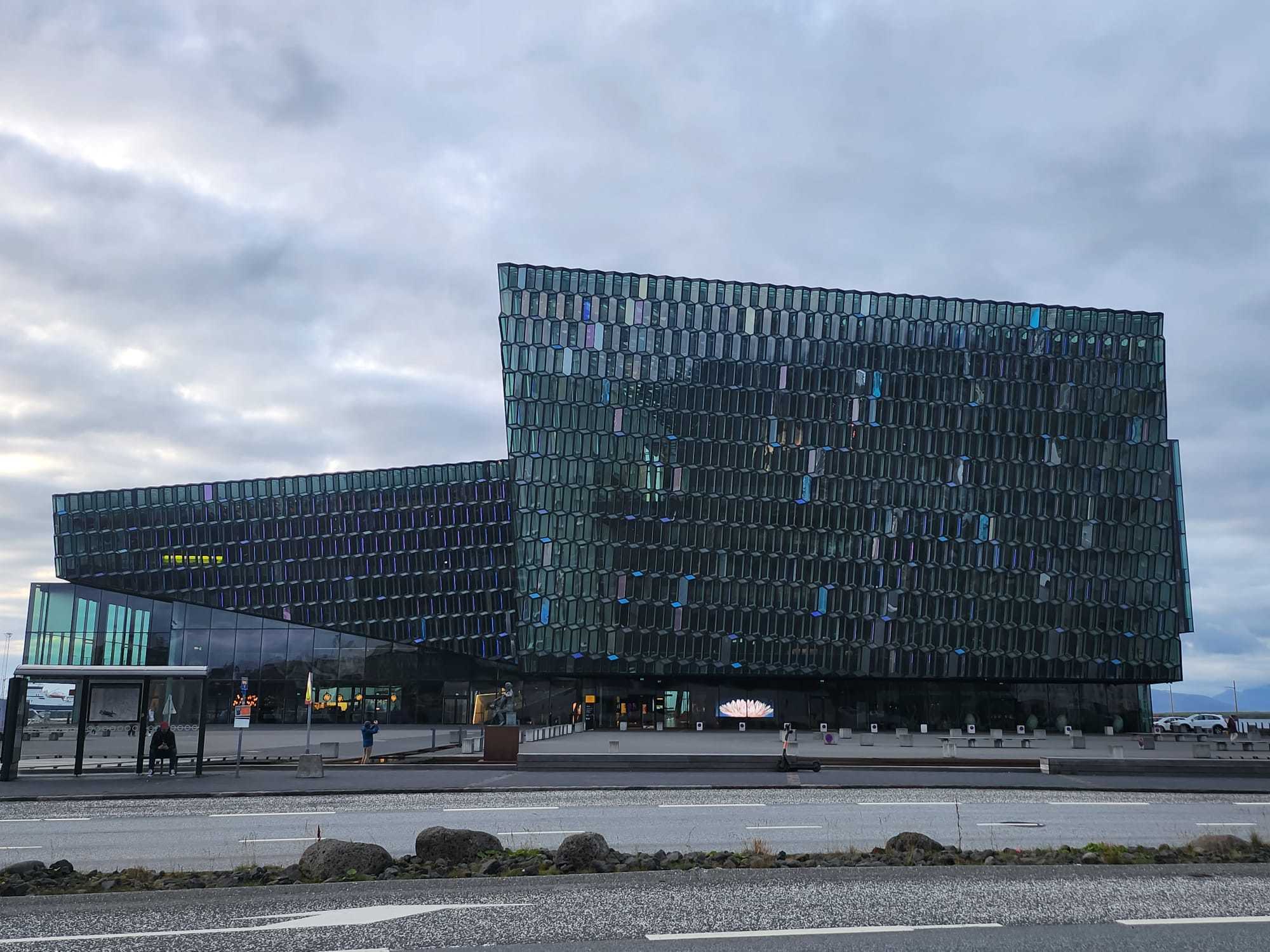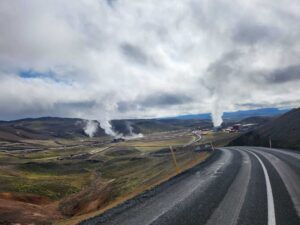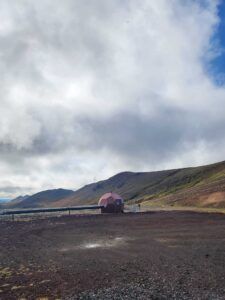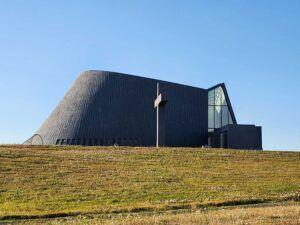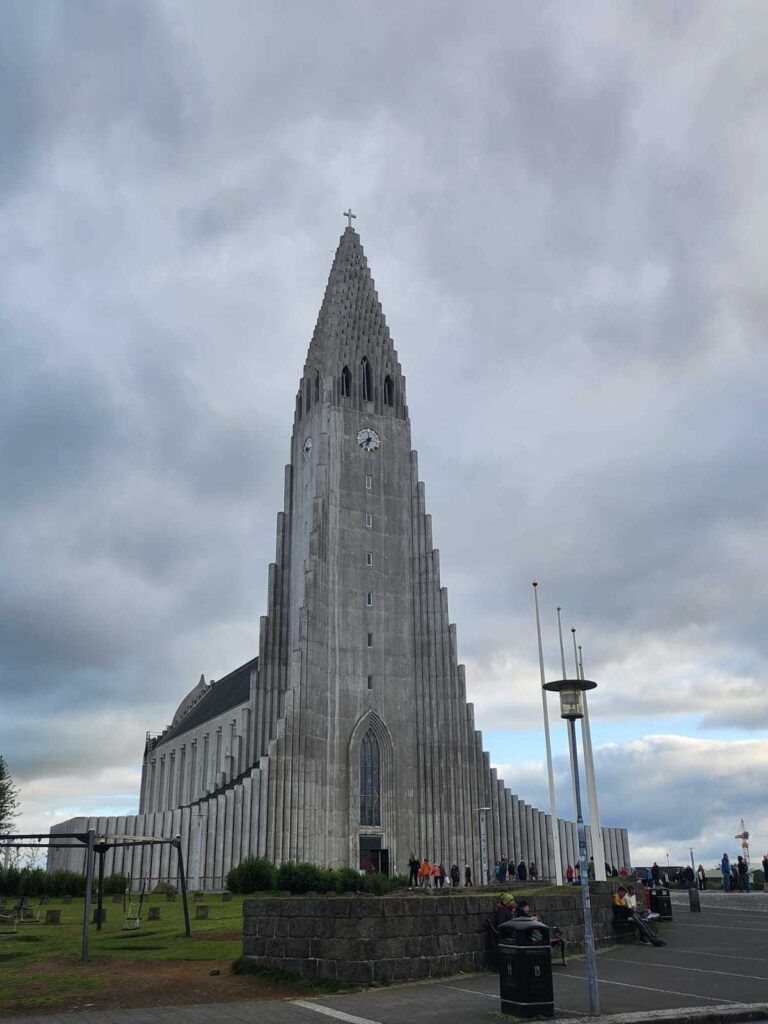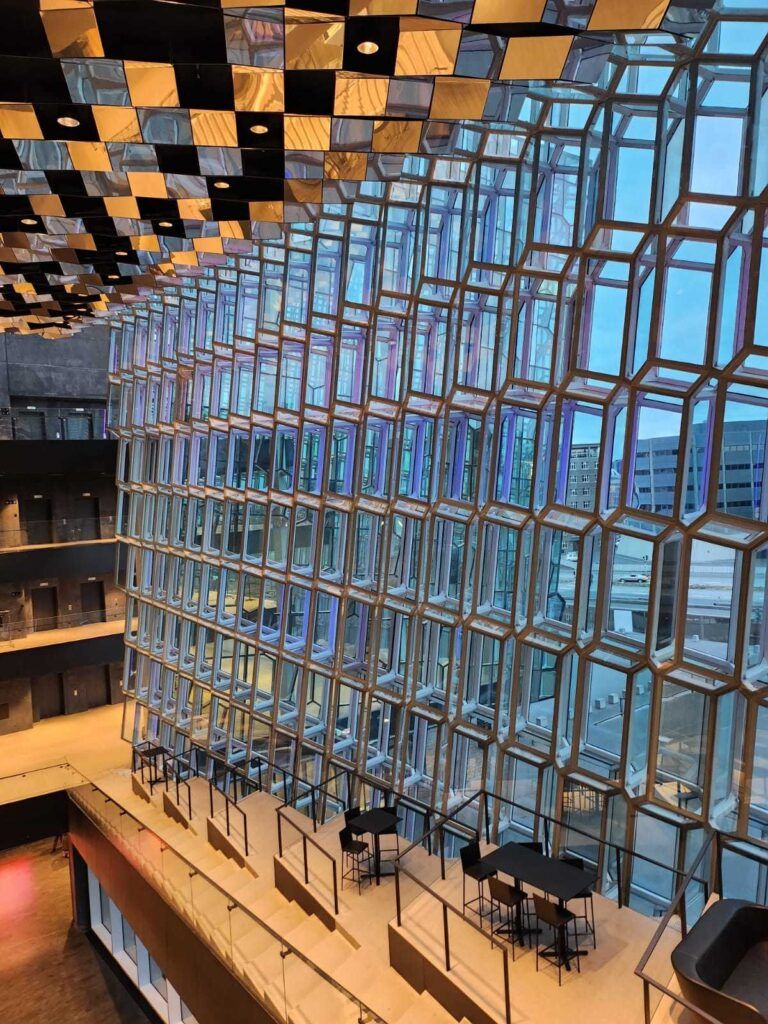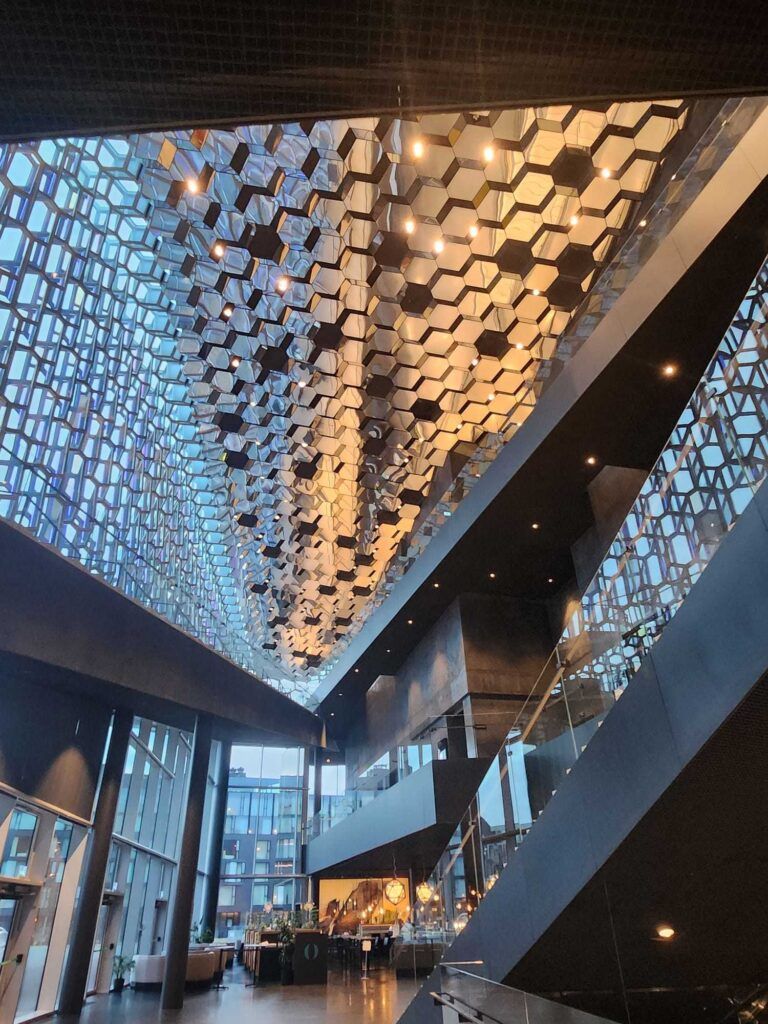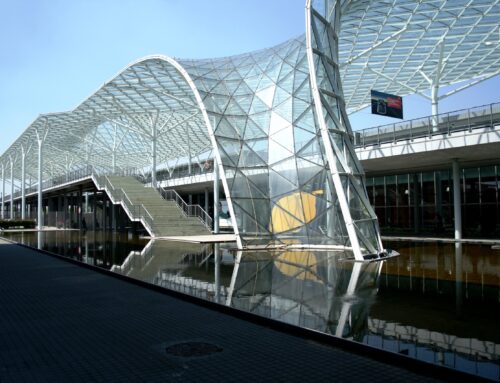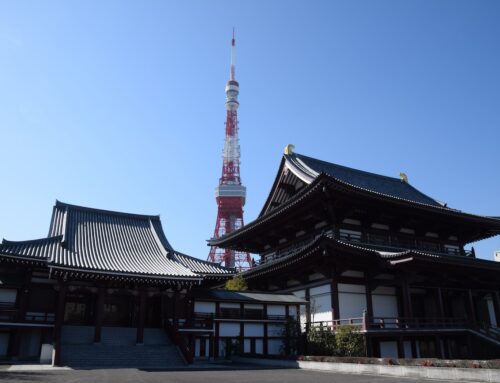In Artchitectours we have made a prospecting trip to prepare the next architectural trip to Reykjavik and the rest of Iceland, to visit the architecture and landscaping of both the south and north of the ice island (dates to be confirmed).
Besides being able to enjoy the brutal nature of the island and the “lunar” landscaping of the craters, smoke, hot water rivers and amazing waterfalls that transport us to the strange sensation of being on another planet.
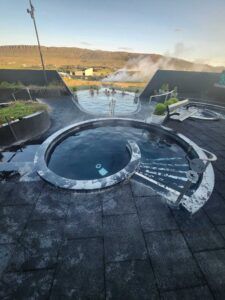
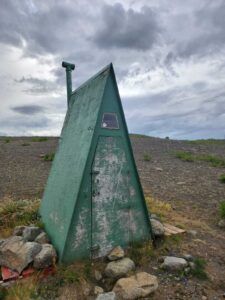
This landscape contrasts with the original constructions of architectural interest that we will find along the way, such as the wonderful geothermal baths (Krauma, the one in the left image), the toilets near the waterfalls (green little housem image) or the churches of different typologies and morphologies.
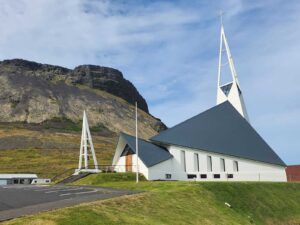
In Reykjavik we will take several guided tours throughout the city, including the Hallgrimskirkja Church and the Harpa Auditorium.
Hallgrímskirkja Church is the most emblematic monument of Reykjavík, located in the main square of the capital of Iceland. The Hallgrímskirkja is a church of Lutheran rite, often defined as the “Cathedral of Reykjavík”, due to its size and appearance.
The Hallgrímskirkja Lutheran Church in its full splendor stands in the square with its 73 meters high along its immense tower and it is possible to see its steeple from several kilometers away, if the weather is favorable.
Its structure looks like one of those many fascinating formations that are created when the lava cools in the basaltic rocks, which we find along our journey through Iceland, reminding us of the rocks of the beaches of Vík and Myrdal, in the columns of Reynisdrangar.
The Reykjavik Auditorium is one of the most important tourist attractions in the Icelandic capital. Although its construction was controversial (it was started in 2007 and finished in 2011 because there were no funds to finish it), today, it is unanimously considered a success.
Harpa is a magnificent project that combines architecture and art, built with materials from the biosland earth such as basalt stone, emulating an iceberg. Opened in 2011, it was designed by Danish architect Henning Larsen (1925-2013), a disciple of Arne Jacobsen, in collaboration with Danish-Icelandic artist Olafur Eliasson.
The Harpa Reykjavik Building has a steel structure and geometric shapes, overlapping cubes and angular shapes that give it life, constantly mutates. Its originality is on a par with the Guggenheim Museum in Bilbao.
Harpa has won several awards, including the prestigious Mies Van der Rohe (2013) and is considered one of the ten best designed buildings in the world. Specifically, it is the work of the Henning Larser studio from Denmark.
Inside, it has several levels and chambers with the appearance of a pharaonic pyramid. On the outside, the facade of glass scales with LED lights, designed by Ólafur Eliasson and inspired by nature, volcanoes and arctic light, which changes colors (sometimes transparent) and shapes depending on the event being held, stands out. One of the most striking is the Icelandic flag mosaic, impressive when there are auroras borealis or northern lights in the winter sky.

